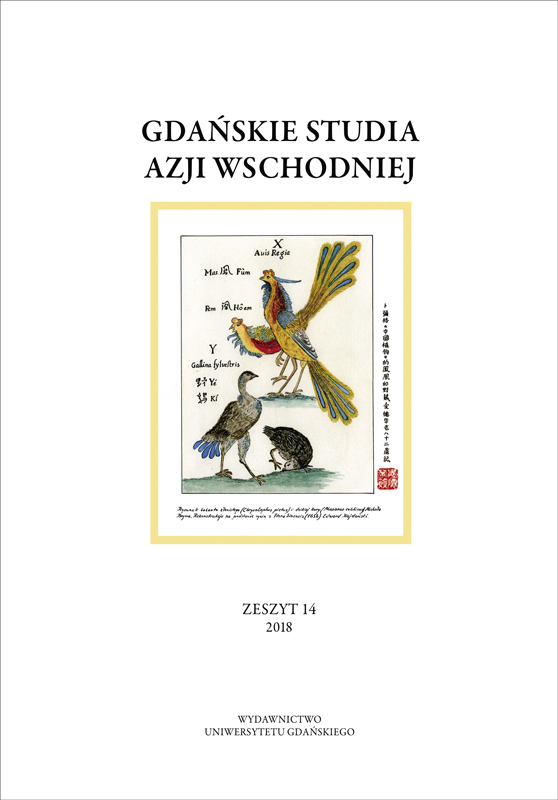O konotacjach kolorystycznych w kulturze chińskiej – zielony, niebieski i fioletowy
Abstrakt
Ancient peoples of China considered crimson, blue-green, yellow, white and back to be the five primary colours that gave rise to the universe and Earth. Then, according to the theory of the Five Elements that make up the universe, i.e. Earth (土 – tu), Wood (木 – mu), Fire (火 – huo), Water (水 – shui) and Metal (金 – jin), five directions were set: East, South, West, North and Centre, to which specific colour combinations were assigned. The colours implied a number of diverse cultural concepts associated with, e.g. the role of power, philosophical theories, rituals and beliefs. Gradually a new colour system came into being and became an important value in traditional Chinese culture. This article looks at the meaning of blue (蓝 – lan), green (绿 – lu) and purple (紫色 – zise).

 Uniwersyteckie Czasopisma Naukowe
Uniwersyteckie Czasopisma Naukowe





